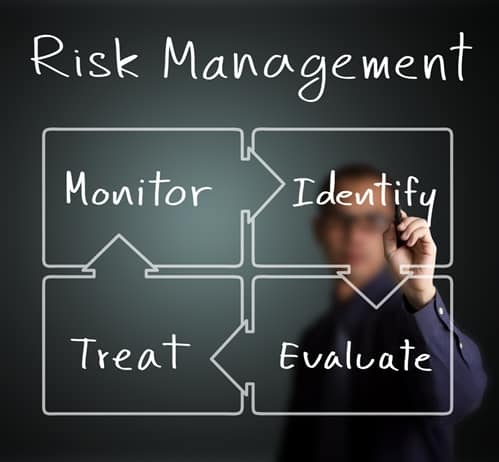A risk management plan has become an integral part of many companies – these strategies allow for improved situational awareness, clear directions in the event of a problem and the capacity to reduce the number of insurance claims. However, effective methods require several key steps, and forgetting one element could throw the entire plan off track.
In order to prevent this from happening, all companies – especially those in high-risk industries such as construction, manufacturing and health care – should focus on the important issues surrounding risk management. A comprehensive approach can be incredibly beneficial for those involved.
Incorporate risk velocity into current strategies
Hazards within a company can impact operations in a number of ways. Assessing these probabilities – and creating reasonable solutions to prevent problems – is at the heart of effective enterprise risk management.
Business Insurance explained that a relatively new concept can assist in that process: risk velocity. When defined, this means the speed with which a risk affects a firm, first by appearing within the organization and then impacting it. Looking at potential issues in this light can help address the problems and prevent loss.
"Risks that present themselves over a very short time frame require a fundamentally different type of mitigation, and indeed risk management strategy, than those that manifest themselves over a much longer period of time," Matt Shinkman, senior director at CEB, told the news source.
With that in mind, judging risk velocity can outline crucial strategies to mitigate hazards and ensure a safe, secure operation.
Keep risk management company-wide
A risk management plan that isn't spread across a company is less likely to be successful than one that is, according to Deloitte, in an article for The Wall Street Journal. Managers must find a way to incorporate strategies into every aspect of the firm.
Deloitte explained that company-wide risk management can prevent problems from spreading quickly, and it can also make sure everything is much more predictable. This way, it will be easier for those involved to take the proper steps to best limit loss. In order to do that, businesses should use the same methods of risk management across the entire company, analyze data on a large scale and put measures in place to share information across the firm.
With an assessment strategy that focuses on risk velocity and a company-wide approach, it could be easier for an organization to mitigate problems and limit the financial impact of insurance claims.



